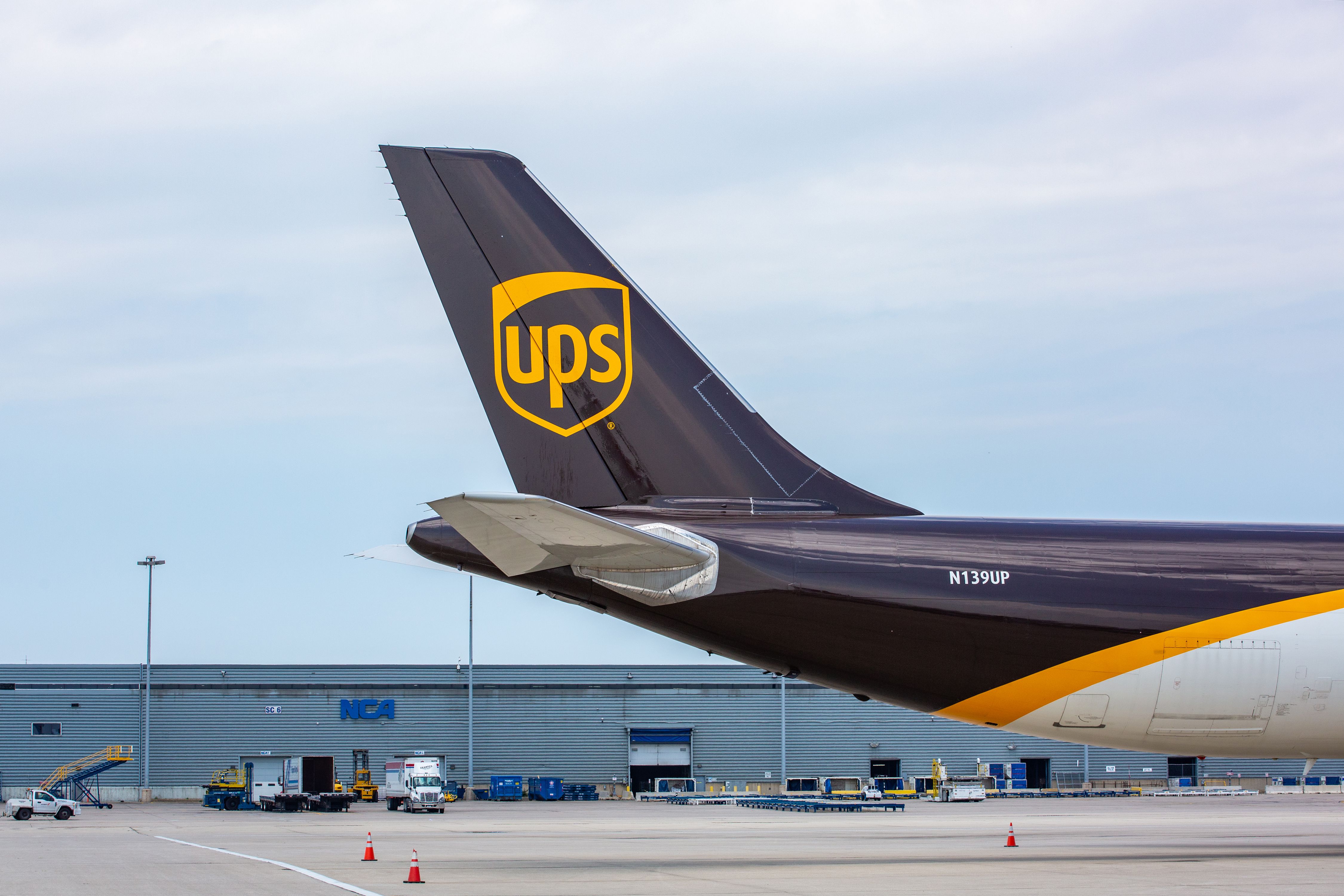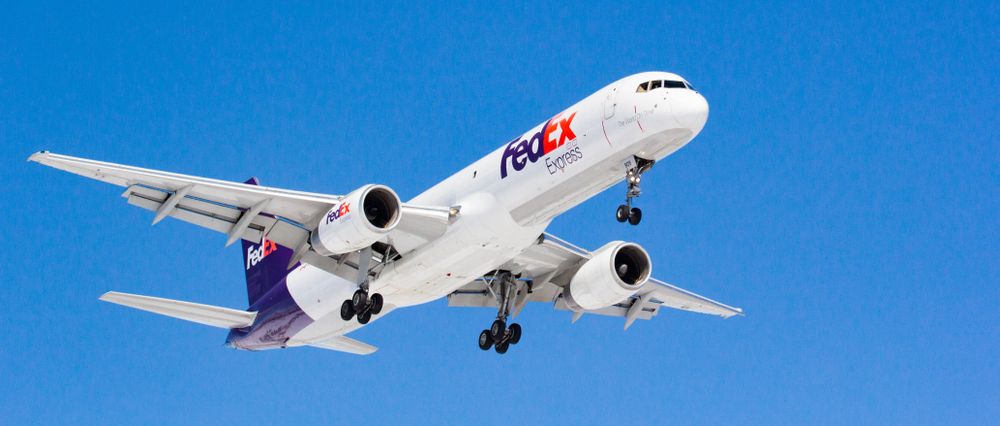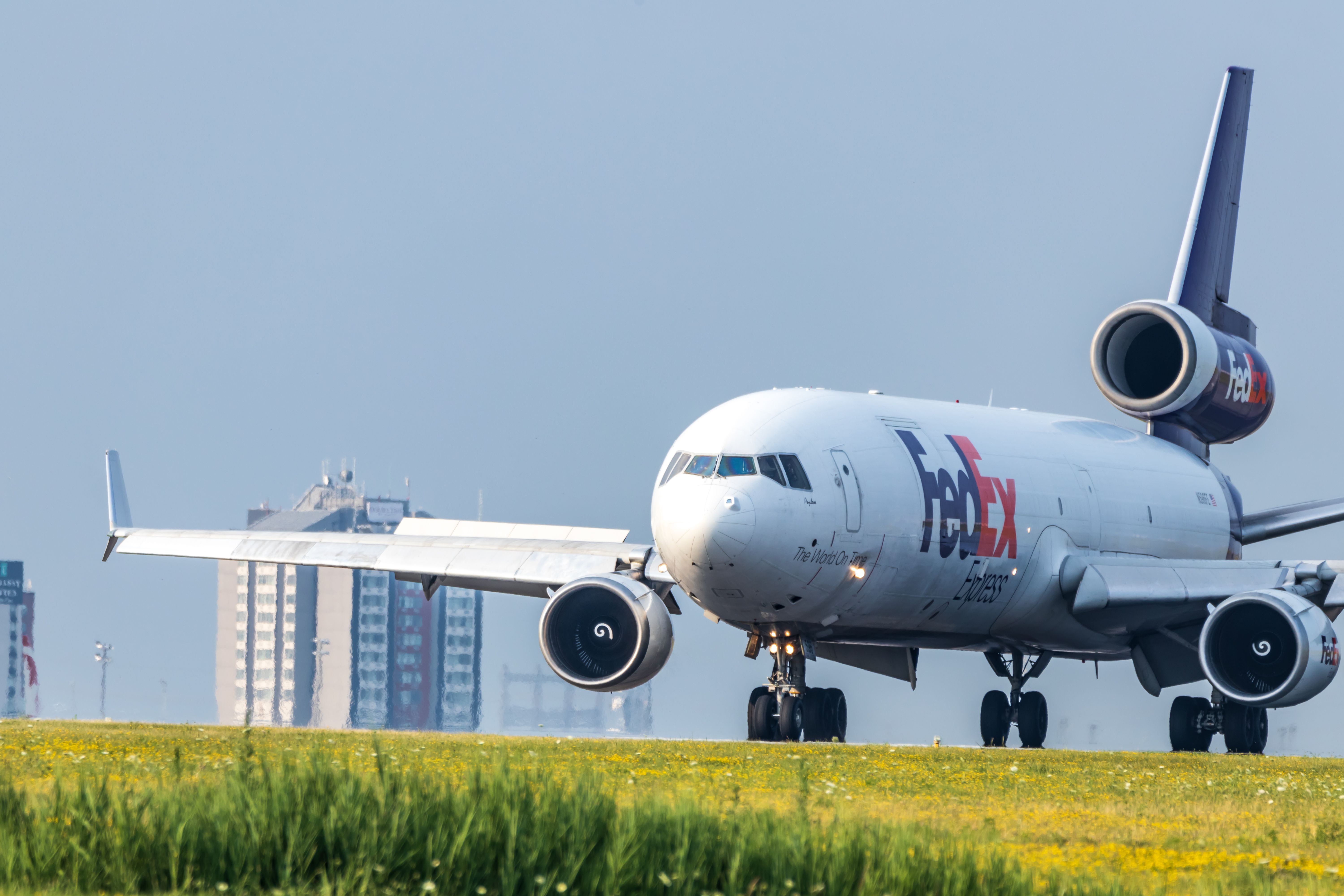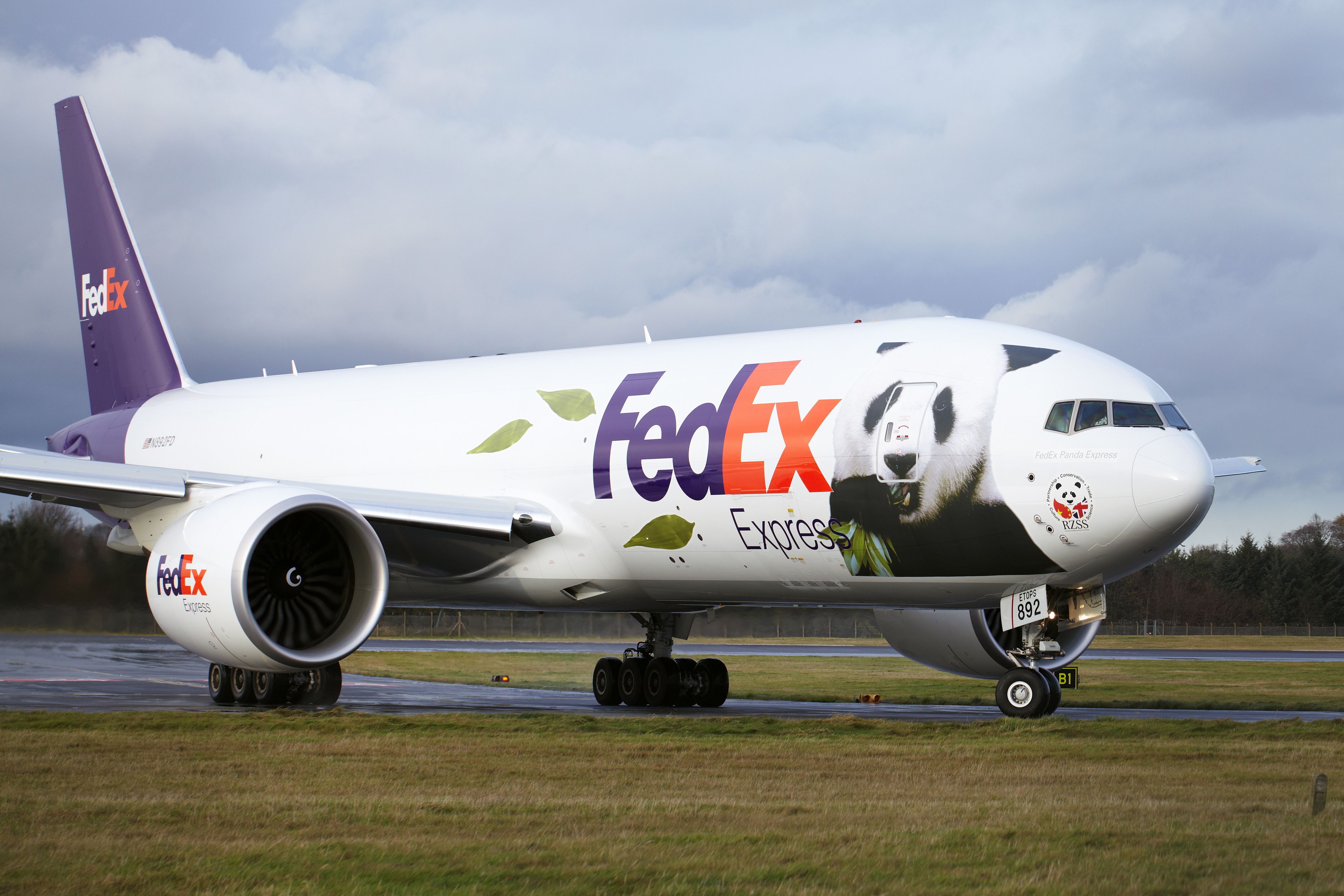Summary
- FedEx retires 22 Boeing 757 aircraft to optimize fleet and align with air freight demand post-pandemic.
- The carrier’s fourth-quarter earnings surpass industry predictions with revenue of $22.1 billion and net profit of $1.34 billion.
- FedEx plans to continue evolving its fleet by retiring MD-11 aircraft by 2028 and focusing more on overland transport.
FedEx has downsized its mid-range fleet by permanently retiring 22 Boeing 757 aircraft. The decision was announced with the carrier’s fourth-quarter earnings, which was better than industry predictions. The carrier has been retiring older aircraft as it attempts to optimize its fleet, adjusting to the evolving air cargo demand after the pandemic.
22 Boeing 757s phased out
FedEx has retired 22 of its Boeing 757 aircraft as it downsizes its fleet to align itself with current air freight demand. The carrier informed about this decision along with its fourth-quarter earnings on June 25.
Per Planespotters.net, FedEx has a total of 118 B757s, which means that it is retiring almost one-fifth of the type’s fleet. Its fourth quarter results include a noncash impairment charge of $157 million ($0.48 per diluted share) from retiring these planes and seven related engines “as the company continues to modernize its air fleet, improve its global network efficiency, and better align air network capacity with current and anticipated demand.”
In the same quarter last year, the company also announced a $70 million write-off as it retired 18 MD-11 freighters and 34 related engines. All these developments come as the air cargo industry witnesses a comparative slowdown from the sudden boom during the pandemic. In 2023, FedEx’s CEO Raj Subramaniam stated that 20 aircraft would be parked over the next year and nine would be retired.
In 2023, FedEx also encouraged some of its pilots to move to American Airlines regional carrier PSA as air cargo demand declined. Earlier this year, it was revealed that UPS won a major government contract and will replace FedEx as the primary air cargo provider for the United States Postal Service (USPS).

Related
UPS Replaces FedEx As The Primary Air Cargo Provider For The United States Postal Service
FedEx’s contract ends in September and UPS will take over from September 30.
FedEx fleet
FedEx’s fleet has evolved over the years to include a wide variety of aircraft to suit various needs. It has phased out many planes over the decades, and the process is ever-evolving. The carrier plans to further alter its fleet by retiring its MD-11 aircraft by 2028 amid plans to focus more on overland transport versus air services to reduce $6 billion in structural and incremental costs.
Photo: The Bold Bureau | Shutterstock
Per Planespotters.net, FedEx has more than 400 active aircraft in its fleet. The active fleet include 54 Airbus A300, 54 ATR42/72, 11 B737s, 77 B757Fs, 134 B767Fs, 56 B777Fs, 33 MD-11s, and 17 Cessna 408 SkyCourier.

Related
A Historical Look At The FedEx Fleet Over The Years
The express package mega-carrier started from very humble beginnings over half a century ago.
Fourth quarter earnings
The news of FedEx’s Boeing 757 retirement comes along with its fourth-quarter results, in which it generated a revenue of $22.1 billion and a net profit of $1.34 billion. It reported earnings per share of $5.41 during this period, which was better than analyst expectations of $5.34. Company CEO Raj Subramaniam commented,
“These results are unprecedented in this current environment, reflecting our continued execution of our DRIVE initiatives and our resolve to transform FedEx while we deliver outstanding service to our customers. We expect this momentum to continue in fiscal 2025 as we advance our efforts to create the world’s most flexible, efficient, and intelligent network.”
Photo: Michal Kowalski | Shutterstock
The carrier has been on a cost-saving drive that has included reducing its workforce size and making other cost cuts across the organization. During a conference call with analysts, Subramaniam also pointed out that they are firmly on track to achieve their cost savings target.
What are your views on this? Please leave a comment below.




